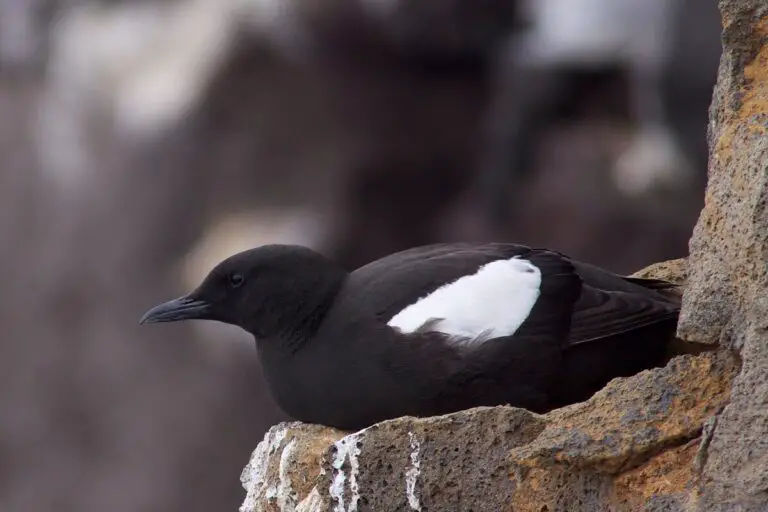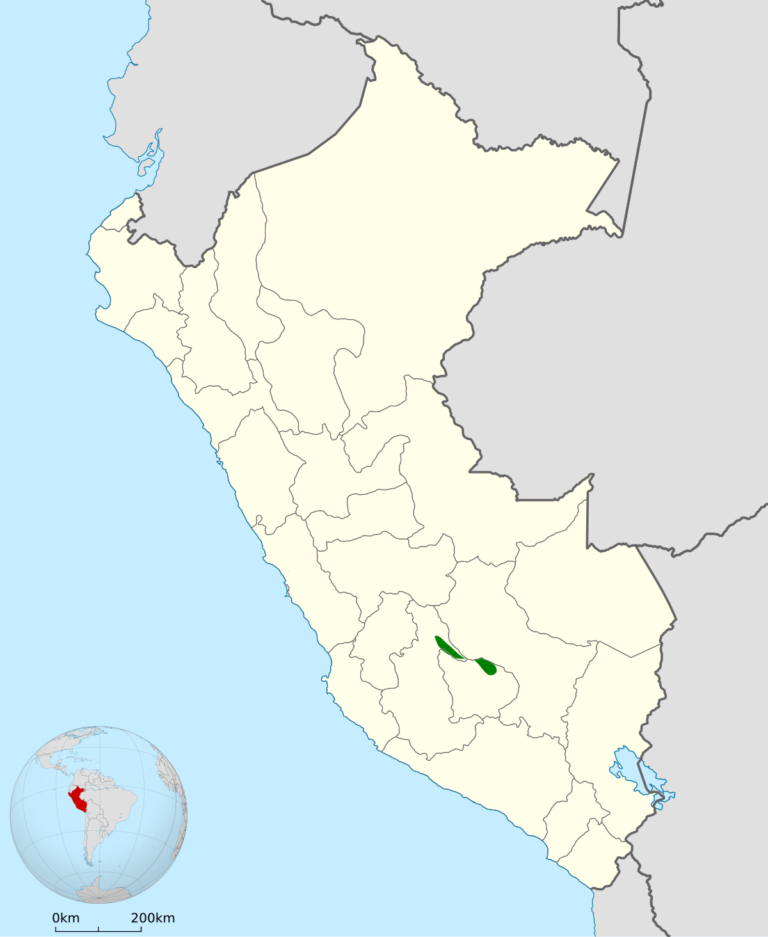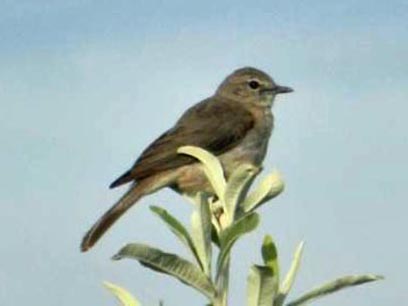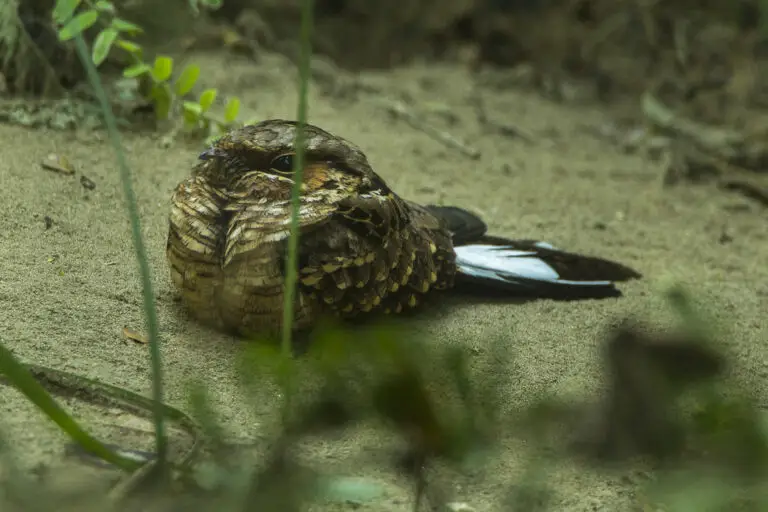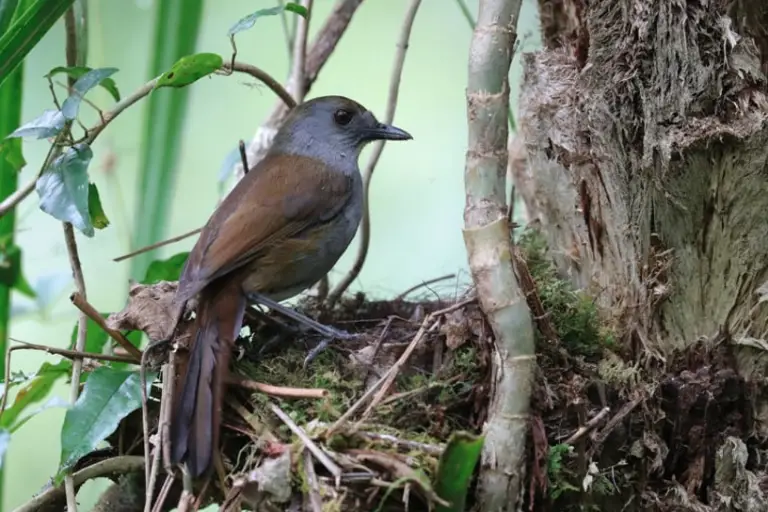Andean condor
“The Andean condor soars with grace and power, a symbol of freedom and strength in the sky.”
Best Quotes for Andean condor Bird
Andean condor Lifespan related to Andean condor Predators & Andean condor Conservation Status also Andean condor Location and Habitat important regarding Andean condor Reproduction & Andean condor Diet for Andean condor Behavior of the Bird
Andean condor Scientific Classification
Domain: Eukaryota
Kingdom: Animalia
Phylum: Chordata
Class: Aves
Order: Cathartiformes
Family: Cathartidae
Genus: Vultur
Species: V. gryphus
Data Source: Wikipedia.org
Andean condor Characteristics
The Andean condor is a large bird found in South America, specifically in the Andes mountains. It is one of the largest flying birds in the world with a wingspan of up to 10 feet. The Andean condor primarily feeds on carrion, or dead animals, using its keen eyesight to locate food from high in the sky. These majestic birds are known for their impressive soaring abilities and are considered symbols of power and strength in many Andean cultures. Despite their size and intimidating appearance, Andean condors are actually gentle creatures that play an important role in their ecosystems.
Andean condor Lifespan
The Andean condor has a lifespan of around 50 to 70 years. This large bird can live for several decades in the wild, as long as it is able to find enough food and avoid threats such as poaching and habitat loss.
Andean condor Diet
The Andean condor mainly eats carrion, which is the flesh of dead animals. They also eat small animals like rodents or rabbits. They use their sharp beak to tear apart their food and their strong stomach acid helps digest it.
Andean condor Behavior
The Andean condor is a majestic bird known for its soaring flight and scavenging behavior. It is social, often seen in groups, and has a strong bond with its mate.
Andean condor Reproduction
The Andean condor reproduces by laying one egg every two years. The parents take turns incubating the egg until it hatches, and both care for the chick.
Andean condor Location and Habitat
The Andean condor is found in the Andes Mountains of South America. It can be spotted soaring high in the sky, searching for food and nesting in rocky cliffs and caves.
Andean condor Conservation Status
The Andean condor is classified as near threatened due to habitat loss, poaching, and poisoning. Conservation efforts are being made to protect this iconic bird species.
Andean condor Predators
The Andean condor’s main predators are humans, pumas, and foxes. They hunt the condor for its meat, feathers, and eggs, posing a threat to its survival.
Andean condor FAQs
- What is an Andean condor?
An Andean condor is a large vulture found in the Andes mountains of South America. - How big can Andean condors get?
Andean condors can have a wingspan of up to 10 feet and weigh up to 33 pounds. - What do Andean condors eat?
Andean condors primarily feed on carrion, or dead animals. - Are Andean condors endangered?
Yes, Andean condors are considered near threatened due to habitat loss and hunting. - How long do Andean condors live?
Andean condors can live up to 70 years in the wild. - Can Andean condors fly long distances?
Yes, Andean condors are known for their impressive soaring abilities and can cover hundreds of miles in search of food. - Do Andean condors mate for life?
Andean condors do not mate for life, but they do form long-term pair bonds with a single mate. - How do Andean condors communicate?
Andean condors communicate through vocalizations such as hisses and grunts. - Are Andean condors social animals?
Andean condors are generally solitary animals, but they may gather in large groups at feeding sites. - Can Andean condors be found in captivity?
Yes, Andean condors are often kept in captivity in zoos and wildlife centers for conservation and educational purposes.
